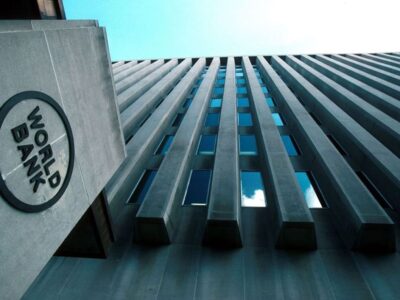The prices of building materials have increased suddenly in recent months, which has created a temporary hiccup in the market. It might surprise many industry observers as the change in the demand-side situation doesn’t justify the increase in price. However, there is a reason behind the spike. Let us examine the situation.
Prices of almost all building materials products have gone up by 25 to 30 percent in the UAE and GCC. Steel prices, for example, have gone up from Dh1,800 to Dh2,600 per tonne while the price of white wood jumped from Dh600 to Dh1,000. Price of oil and gas have also gone up.
To add salt to injury, the freight rates have also increased manifolds, in some cases from $1,000 to $4,000 a container.
One of the reasons is that the demand for raw materials in China and India went up after the factories opened after the coronavirus lockdown. However, the real reason is that due to complete shutdown of the factories following the complete lockdown in China, India and other countries – from March to June 2020, the workers had either left the area or relocated to other places.
The lockdown saw a large number of materials stockpiles stuck at the warehouses, that had exhausted over the past seven to eight months. So, when demand started to pick up from November to December 2020, the factories weren’t ready to supply due to worker and/or resource shortages, including raw materials and capital.
So, the supply-side issues, including the shortage of resources, constrained production and shipments, which pushed up prices. Containers are normally on the move, but due to the coronavirus loaded containers were stuck and started piling in ports of the US and other countries as rail and road networks were not functioning. The empty containers were not coming back to China. This whole thing had a cascading effect.
As a result, end users are paying more for the same quantity at a time when money is hard to come by. The timing of the price increase has added extra pressure on traders and end users, making end products more expensive at a very crucial time.
Once market opened, the demand for containers in China went up as other ports didn’t have empty containers to return to the country. The lower volume of cargo added to the jump in freight rates, as the containers lay empty following a shipment and could not be utilised due to lack of movement. So, we ended up paying higher prices.
The increase in materials prices is not due to an increase in demand, but due to supply-side constraints caused by the coronavirus shutdown.
Now, what is the impact on traders? They are not able to give quotes with long term validity as stocks are not available. But the price surge is temporary and you can still serve the customers if you are having the basic stocks.
The question is, what happens next? Importers in the US have started buying from Europe at higher cost as their production demand has gone up. Freight prices have slowly started to show a downward trend.
I believe, this is a temporary situation that will even out in the coming months.








